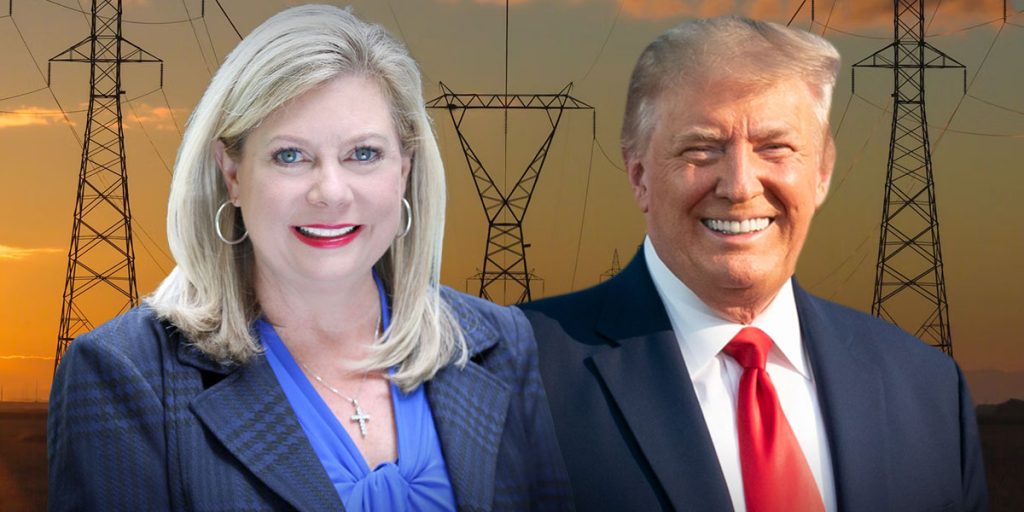Protecting ratepayers and ensuring that we have a reliable, secure and affordable supply of electricity in Alabama is the lens through which I view energy policy. It was through this lens that I saw the Obama administration’s so-called Clean Power Plan (CPP) as a significant threat to our state and that I now see President Trump’s replacement plan, the Affordable Clean Energy (ACE) rule, as a welcome step in the right direction.
The Trump administration’s ACE rule provides a path forward for us to achieve environmental progress but still provide a balanced, affordable electricity mix that doesn’t impose crushing costs on consumers. The CPP, while never fully implemented thanks to a stay from the U.S. Supreme Court, aimed to transform the nation’s energy grid with an enormous price tag.
When the CPP was proposed, I worried about the impact of rising electricity prices on Alabamians and what it would mean for Washington to dictate to us the right way to meet our energy needs. At its core, the CPP was a plan designed to punish the American coal industry and drive the nation’s fleet of coal plants into early retirement. Those plants – which play such a critical role in so many states, including ours – have long been a foundation for secure, reliable and affordable power.
The ACE rule, in comparison, no longer aims to dismantle the coal fleet and instead allows individual states to craft emissions reduction strategies that work best for their unique needs. Instead of forcing utilities and power plant operators to close plants, the ACE rule provides a path forward for them to improve them. By improving the efficiency of existing power plants, we can generate more power using less fuel. It’s a reasonable approach that provides states the flexibility to keep well-operating, essential power plants running.
The Obama administration’s plan was just one more example of onerous federal overreach. President Trump’s pro-jobs approach applies welcome restraint, and that restraint is going to pay dividends for ratepayers. The Trump administration expects the ACE rule’s compliance cost to be $400 million per year less in comparison to the CPP, and that estimate may well be conservative.
Before the Supreme Court halted Obama’s rule, one analysis projected that the CPP could cost consumers an additional $214 billion for electricity between 2022 and 2030. According to the same analysis, Alabama would have been one of more than 40 states that faced double-digit increases in the cost of wholesale electricity.
Even marginal increases in the cost of energy can have profound impacts. They can erode the competitiveness of entire states or industries, and rising prices can be the straw that breaks the camel’s back for families barely able to pay the bills. The U.S. Department of Energy recently reported that one in three American households is already facing a challenge in meeting its energy needs and that one in five households, or 25 million households, has reduced or foregone necessities such as groceries or medicine to pay an energy bill. These sobering statistics are a critical reminder of the importance of making energy affordability a priority.
The ACE rule provides states the crucial flexibility they need to balance environmental goals with power grid reliability, security and affordability. It is for that reason I’m so supportive of President Trump’s approach. We narrowly escaped a total energy disaster with the Obama CPP. Let’s lend our voices to supporting a far better replacement.
Twinkle Andress Cavanaugh currently serves as president of the Alabama Public Service Commission. The opinions expressed in this article are those of Twinkle Andress Cavanaugh and are not intended to convey the official position of the Alabama Public Service Commission.












